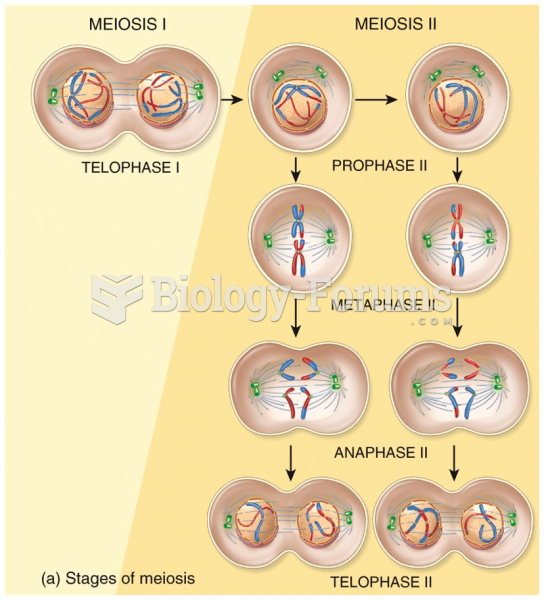Answer to Question 1The processes of separation and division are similar in that in both cases plants are propagated by use of underground plant parts that primarily function as organs for food
storage as well as vegetative or asexual reproduction. Separation is a method of
propagation in which natural structures, like bulbs, produced by certain plants are
removed from the parent plant to become new plants. Separation is a natural process.
Division is a method of propagation in which parts of the plant (rhizomes, stem tubers,
or tuberous roots) are cut into sections, each capable of developing a new plant. Unlike
separation, division is not a natural process because the parts used for propagation do
not separate naturally from the mother plant, but instead must be cut from the mother
plant with pruners or a knife.
Answer to Question 2The process of lining out cuttings refers to planting them outside. Rows are dug deeply
enough to cover the cutting with soil so that only the top bud remains above the soil
level. If they are to be left for only 1 year, the cuttings are placed 6 inches apart in rows 1
foot apart. When the cuttings are to be left for more than 1 year or when especially fast
growing plants are involved, the cuttings are spaced 9 to 10 inches apart and in rows 2
to 3 feet apart. The cutting should not be pushed into the soil under pressure. Once
planted, the soil is pressed firmly around the cutting. The soil surface may then be
mulched to help hold moisture and control weeds or cultivated for weed control. The
soil should never be allowed to dry out around the cuttings. Provision should be made
for watering as needed. Finally, the soil must be well-drained, and the site should be
sunny with some wind protection.







